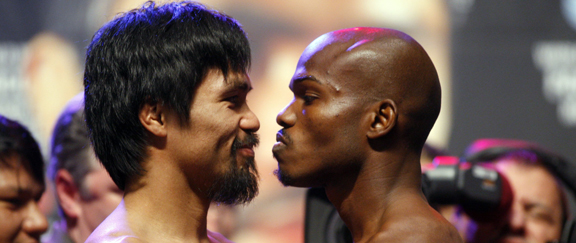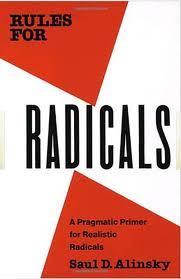SEEING THE RULE
Dissenters to “establishment opinion” are often silenced simply by being threatened. For example, a college student is in a particularly vulnerable place, in this regard. Students are making big life adjustments, and need grades and status in school to accomplish their goals. However, in most cases, the threat itself is improper by school policy (see Rule #4) and can be laughed off if you are informed enough to know it. If it is outside policy, see Rule #11 following (!). What feels at the moment like a bad thing can become an opportunity to advocate for opportunity, freedom and educational excellence.
USING THE RULE
Those in power want everything to stay the same, and view threats as something to be silenced before they become more threatening still. Using this to your advantage is a big key to being heard when you are a minority voice. If you make big noise and are highly visible at the front end of a campaign, you may often find yourself gaining your desired changes more quickly than imagined simply due to your opponent’s desire to suppress your voice. Majorities tend to be paranoid, believing they need to hold on to their power by keeping things as they are, and that usually means keeping things quiet.
All this said, that does not mean that you should adopt Alinsky’s premise that “bullying is good.” Remember, for Alinsky, the ends justify the means. Do you agree with him? Is it always the case that bullying is bad? Do we bully the criminal or the foreign despot? You may want to assess carefully how to temper your use of Rule #9; but it is clear that threats (e.g., a boycott on a company involved in creating social or environmental harm) can be useful and appropriate. Here’s one example from the University of Virginia that makes the point:
“The threat is usually more terrifying than the thing itself.”








